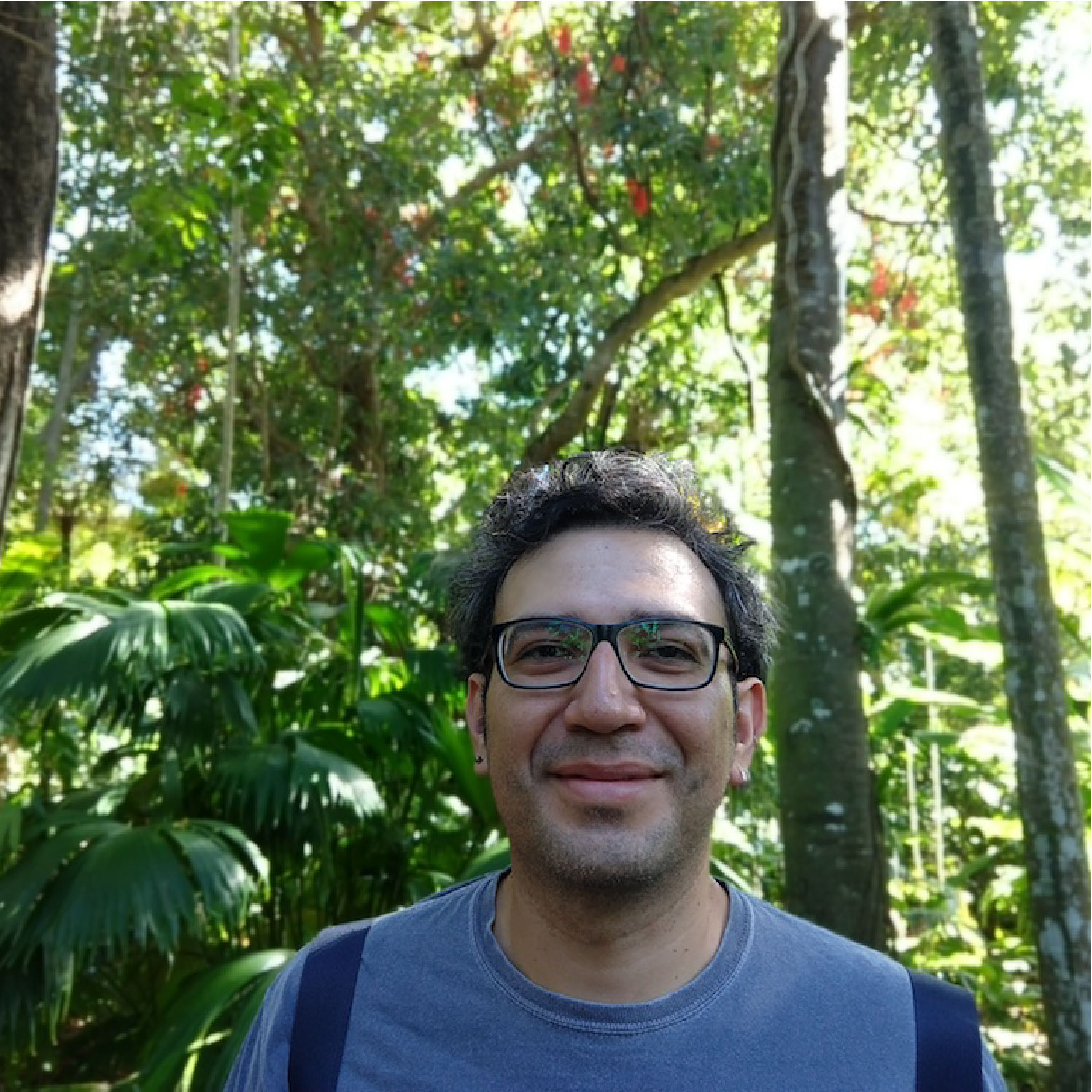Broadly my research aims to understand how plants make a living under different environmental and ecological contexts with an emphasis on the effects of global environmental change on terrestrial biodiversity. This includes effects of invasive species, climate change and other pollutants on biodiversity and plant functional variation. Currently, I am focusing on the effects of global change, plant functional variation and ecological communities on the carbon cycle. My work bridges between community, ecosystem and global ecology and biogeography through functional traits, field experiments and other basic ecological tools.
For my most recent publications check out my google scholar page.
After a few months of hard work the WTF (Wood, Termite and Fungi) project is live!…

Postdoc at the Zanne lab at GWU


PhD at Angela Moles’ Big Ecology lab at UNSW Australia

BSc and MSc at Meli Mandujano’s research group at UNAM

Department of Biological Sciences, George Washington University, Science and Engineering Hall, Suite 6000, 800 22nd Street NW, Washington, DC 20052